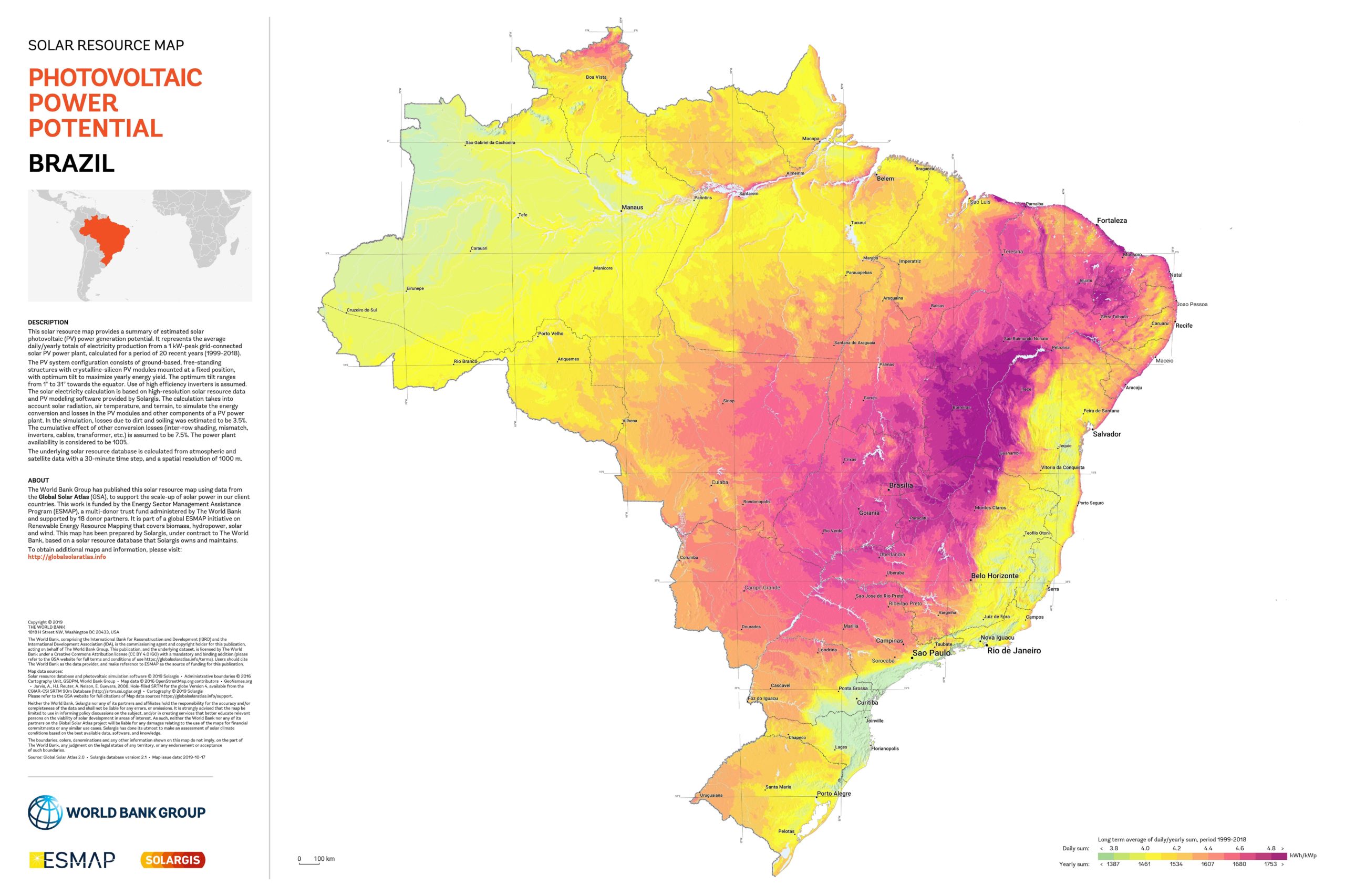RIO DE JANEIRO, BRAZIL – Despite this distinctive mark, the sector expects even more significant growth this year, with the possibility of investing R$50 (US$9) billion in the country’s economy and creating 350,000 jobs.
“We expect 2022 to be the best year for solar energy in Brazil. This is because tariffs will continue to increase, the cost of the technology will decrease, and there will be one year to install the systems and guarantee the application of the regulation that will be in force until 2045,” said Guilherme Susteras, coordinator of Absolar, the Brazilian Solar Energy Association.
It’s worth noting that the 2045 deadline is included in a law passed by President Bolsonaro in early January that provides the legal framework for micro and mini energy generation, modalities that allow consumers to generate their energy source from renewable sources.
Despite its growth, however, solar energy still lags far behind other types of energy produced in Brazil. A total of 1 million consumers with their energy from the sun represents only 1% of all electricity consumers in the country.
“Despite the growth in recent years, we still have a lot to overcome, considering that solar energy alone could theoretically meet the country’s electricity needs,” Pedro Côrtes, a professor at USP’s Instituto Energia Ambiente.
In Brazil, the public sector is among those that invest the least in solar energy, only 0.3%, data from Absolar show.
The use of this source for public lighting is even lower, at 0.01%. The consumption in industry is also low, at 2.1%.
The percentage rises to 7.6% for rural producers and almost doubles when considering the trade and services sectors, which account for 13.4%.
At the top of the list are households, which are the largest producers of this type of energy, with 76.6%.
According to the industry association, the high cost of electricity in the country and the desire to consume clean energy are the main factors that have led to more and more roofs being covered with solar panels.


